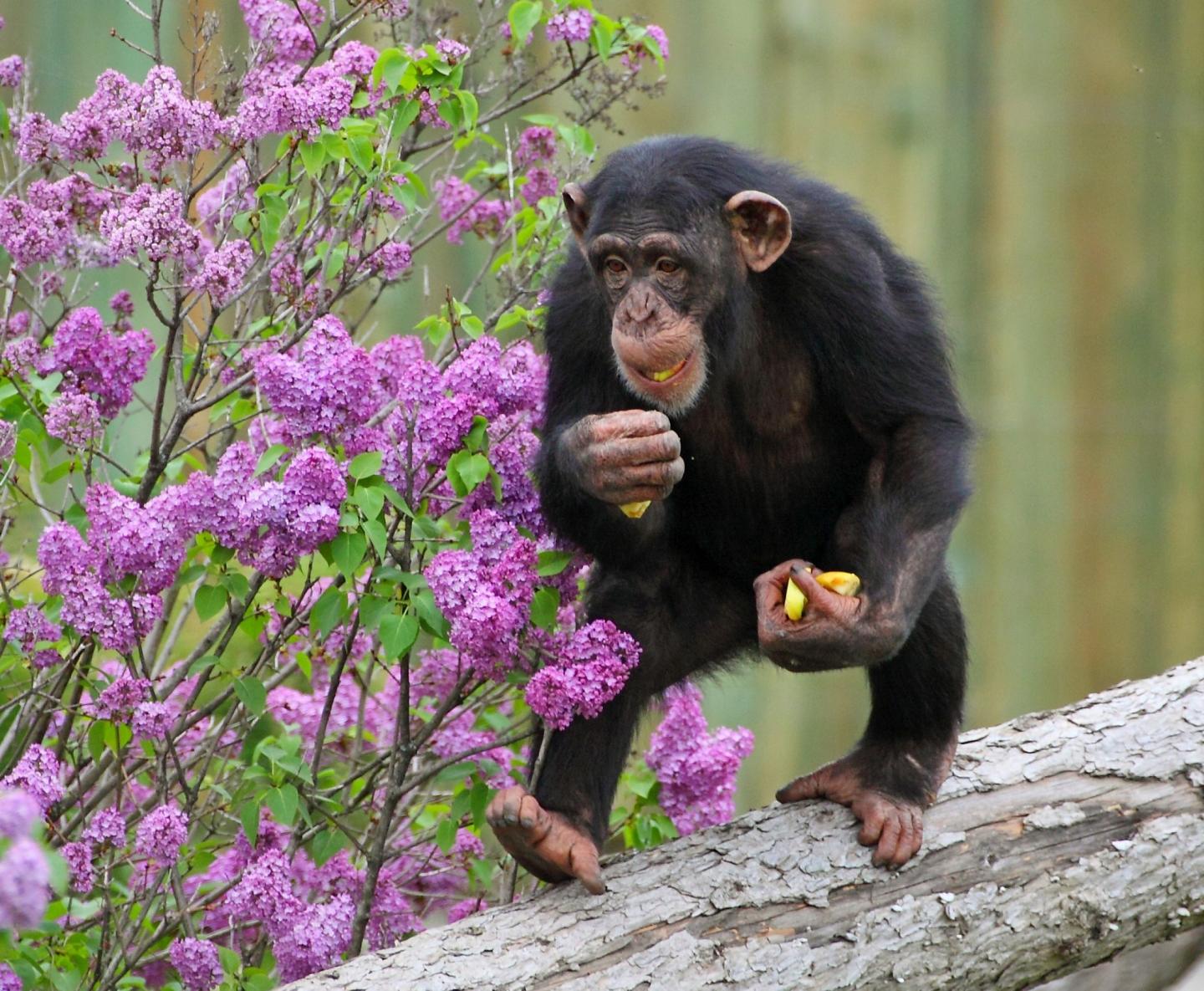
Credit: Wikimedia Commons
A heel-down posture — a feature that separates great apes, including humans, from other primates — confers advantages in fighting, according to a new study published today in the journal Biology Open.
Standing with heels planted allows more swinging force when fighting, says biologist David Carrier of the University of Utah, lead author of the study, which was funded by the National Science Foundation's (NSF) Division of Integrative Organismal Systems. In contrast, many other species of mammals, including most primates, stand, walk and run with their heels elevated, and on the balls of their feet or toes, a posture important for quickness.
"This story is one more piece in a broader picture, a suite of distinguishing characteristics that are consistent with the idea that we're specialized at some level for aggressive behavior," Carrier says.
Program director Emily Carrington of NSF's Division of Organismal Systems says the findings provide insight into how animals respond to danger.
"Certain species tend to be good at fighting or fleeing, but not both," Carrington says. "This study provides insight into the basis for this trade-off. Animals that use their heels to plant their feet firmly to the ground, like bears, badgers and great apes, are able to deliver stronger blows to their opponents."
The physiological traits that confer advantages in fighting are different from those required for other tasks, such as running.
"If aggression was important in our past, we should see evidence of it in our anatomy," Carrier says.
Apes' planted heels
The heel-up stance, called digitigrade and unguligrade, seen in animals from wolves to horses and deer, increases the economy of running by lengthening the leg and improving the storage and recovery of energy in the tendons and ligaments of the lower limb.
The heel-down, or plantigrade, posture shared by great apes and other species, such as bears, wolverines and some rodents, is less specialized for running, however.
Researchers hypothesized that the evolution of great apes' plantigrade stance had to do with how apes climb and forage in trees. Instead of walking on four limbs along the tops of branches like other primates, apes tend to walk on their hind legs, shifting their center of mass rearward and using their arms for balance.
Carrier and another colleague, Christopher Cunningham of the University of Georgia, proposed a different theory, one that suggested apes' plantigrade stance grew out of a need to stand and fight. They explored whether a plantigrade stance increases the torque, or rotational force, that can be applied to the ground, allowing the arms more striking force.
Putting theory to the test
To test their theory, Carrier and Cunningham had volunteers stand on a platform that measures the force applied to the ground. The volunteers then struck and pushed a large, weighted pendulum. They did this with their heels planted and elevated, standing on one foot or two, so the researchers could compare the advantages and disadvantages of plantigrade and digitigrade stances.
By measuring the velocity the volunteers imparted to the pendulum, along with the pendulum's known resistance to acceleration, the researchers calculated the work performed. The simulated striking and grappling behaviors studied included lateral strikes and pushes, downward strikes, forward pushes and rearward pulls.
To illustrate the significance of the rotational force applied by the feet, the scientists also asked the volunteers to push the pendulum while standing on a sheet of Teflon and wearing socks. With no ability to exert a rotational force on the ground, the volunteers spun in place.
In all cases, the force or energy applied was greater in plantigrade posture than digitigrade, confirming the team's hypothesis that a plantigrade stance allows an animal to exert more force and energy.
###
Media Contact
Cheryl Dybas
[email protected]
703-292-7734
@NSF
http://www.nsf.gov
############
Story Source: Materials provided by Scienmag





